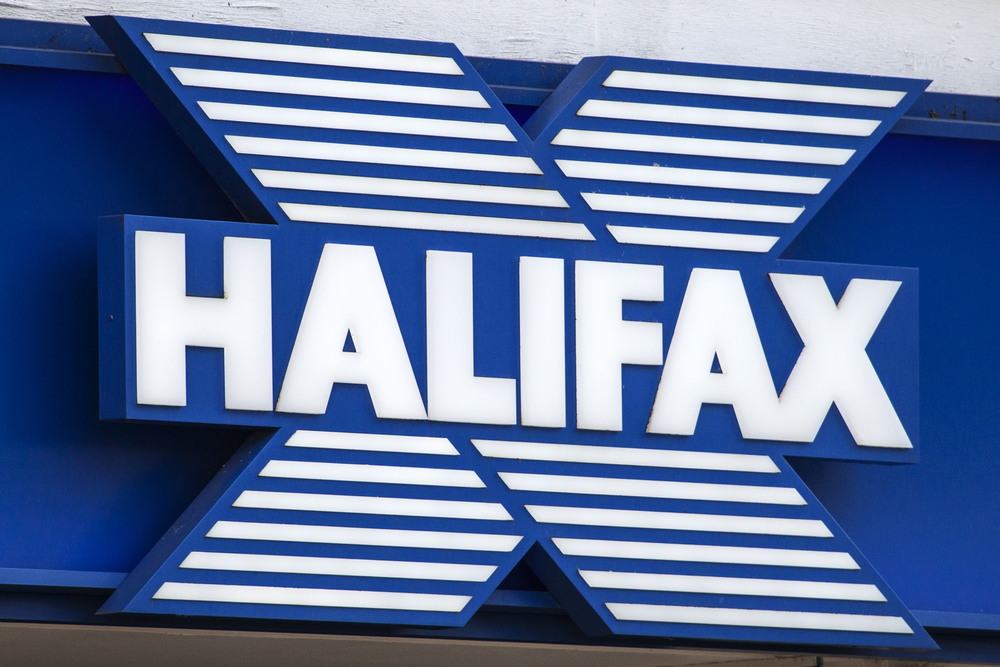
Sponsored Content
James Ginley, Technical Surveying Director at e.surv Chartered Surveyors
It has been just over a month since the final report into the Grenfell Tower tragedy was published. While the investigation uncovered multiple failings by those responsible for ensuring the safety of the building, it found that flammable cladding was the principal cause of the fire spreading so rapidly.
After the fire that tragically claimed the lives of 72 people on 14 June 2017, it emerged that there were thousands more people living in buildings across the UK with flammable materials on their external walls, and this needed to be addressed as a matter of urgency.
However, recent data published by the Ministry of Housing shows that work has still not started on more than half of all the residential buildings identified as a risk since the tragedy.
Despite 4,771 buildings being highlighted as having “life critical” cladding or fire safety defects since 2017, only 1,392 buildings have completed remediation, while 985 buildings have started the process.
Sadly, the reality is that these numbers do not reflect the true scale of the problem and are likely to be much higher, as there are thousands of buildings that are not included in the scope of the government figures and are yet to be identified.
As well as the obvious risk to life these unsafe and in some cases unidentified buildings pose, there is also a potential liability risk for mortgage lenders who could be potentially over-lending on a property with unreported cladding, or already have charges secured against a building that does not pass fire safety regulations.
Since the Grenfell tragedy, understanding unsafe cladding has been a key issue when it comes to mortgages, and being able to easily identify a building with a cladding risk is an important step in the lending process.
While the revised regulation and new industry guidance surrounding cladding and fire safety issued by RICS in 2023 is a step in the right direction in helping valuers assess properties with cladding, it does not completely eliminate all risk for lenders.
It is not always possible to identify a cladding risk without a full assessment of the property in person, and with many lenders now increasing their reliance on automated valuation models for lower loan-to-value lending, physical inspections are not something that are always possible, but could leave lenders exposed.
This is where we believe our UK cladding database can really add value to the assessment of lenders’ current and future exposures to the issue. The database is updated in real time as new insight comes to light, it can be accessed via API and allows for desktop appraisal of any block with potentially defective cladding.
This means an improved risk assessment can be obtained without compromising on the efficiency of the process. The more data we have the more effective results it will give and we are now working with Government to incorporate additional insight relating to the funding status of remedial works .
The UK cladding database not only offers lenders the opportunity to identify risks already on their books, but also recognise new ones as they arise.
James Ginley, Director of Technical Surveying, e.surv



